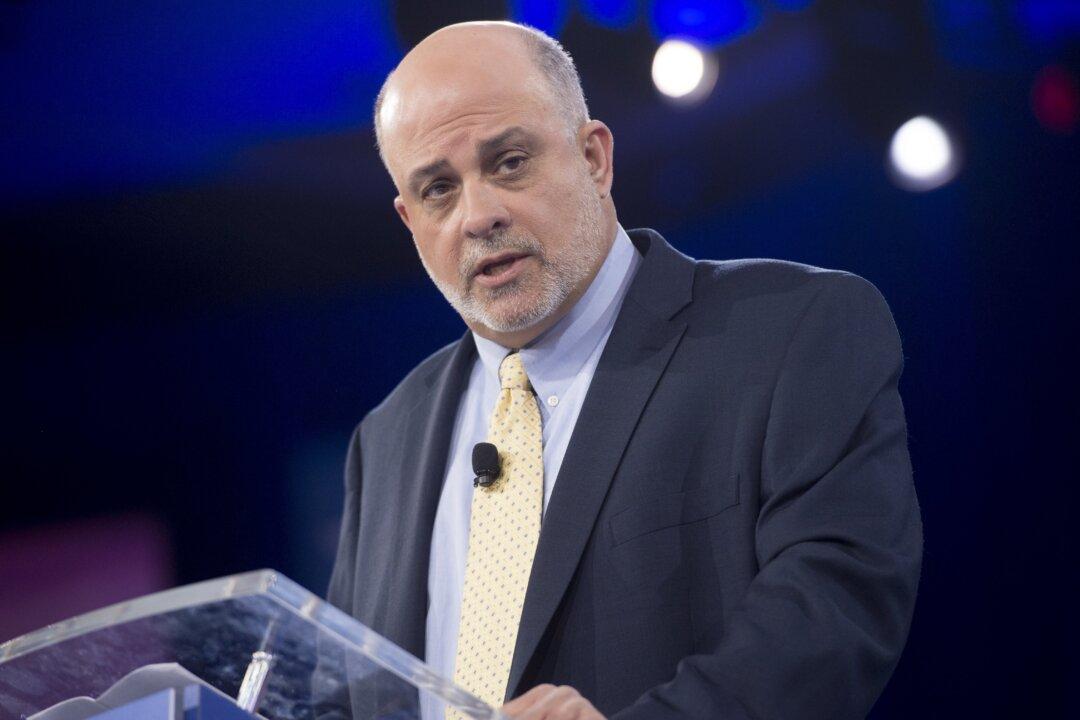If a tree falls in a forest and no one is around to hear it, does it make a sound? It is an old, philosophical question. An update to this riddle is the question of whether, if news is ignored or distorted, the information will still be relevant.
Mark Levin attempts to answer this question in his new book, “Unfreedom of the Press.” Levin, a sought-after conservative commentator who worked for the Reagan administration and currently hosts the syndicated radio program ”The Mark Levin Show,“ as well as ”Life, Liberty & Levin” on Fox News, has published several books.





